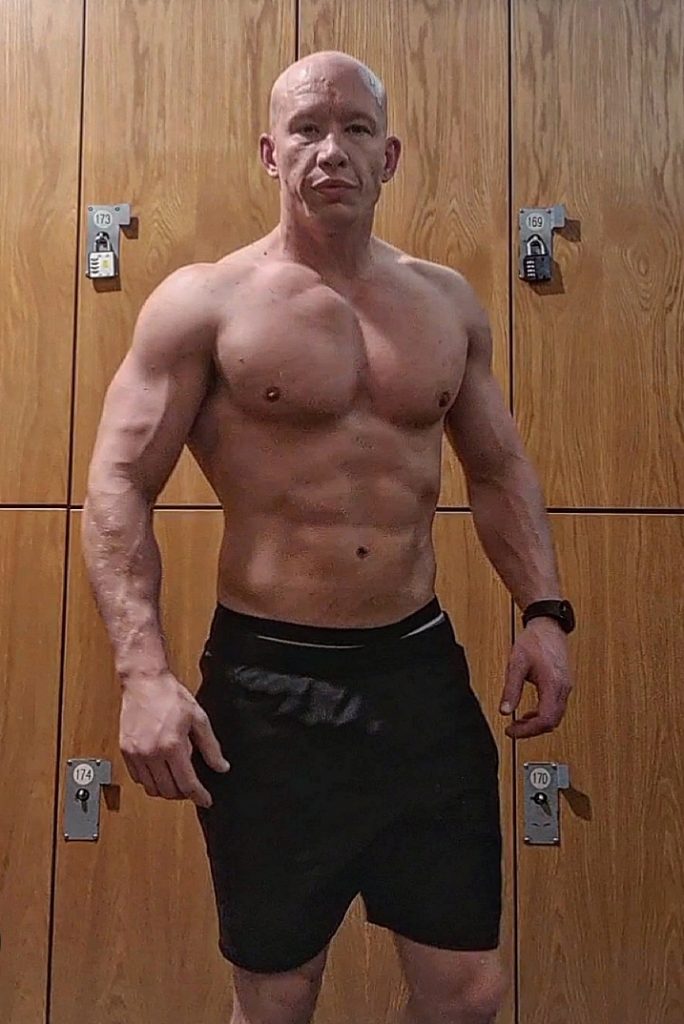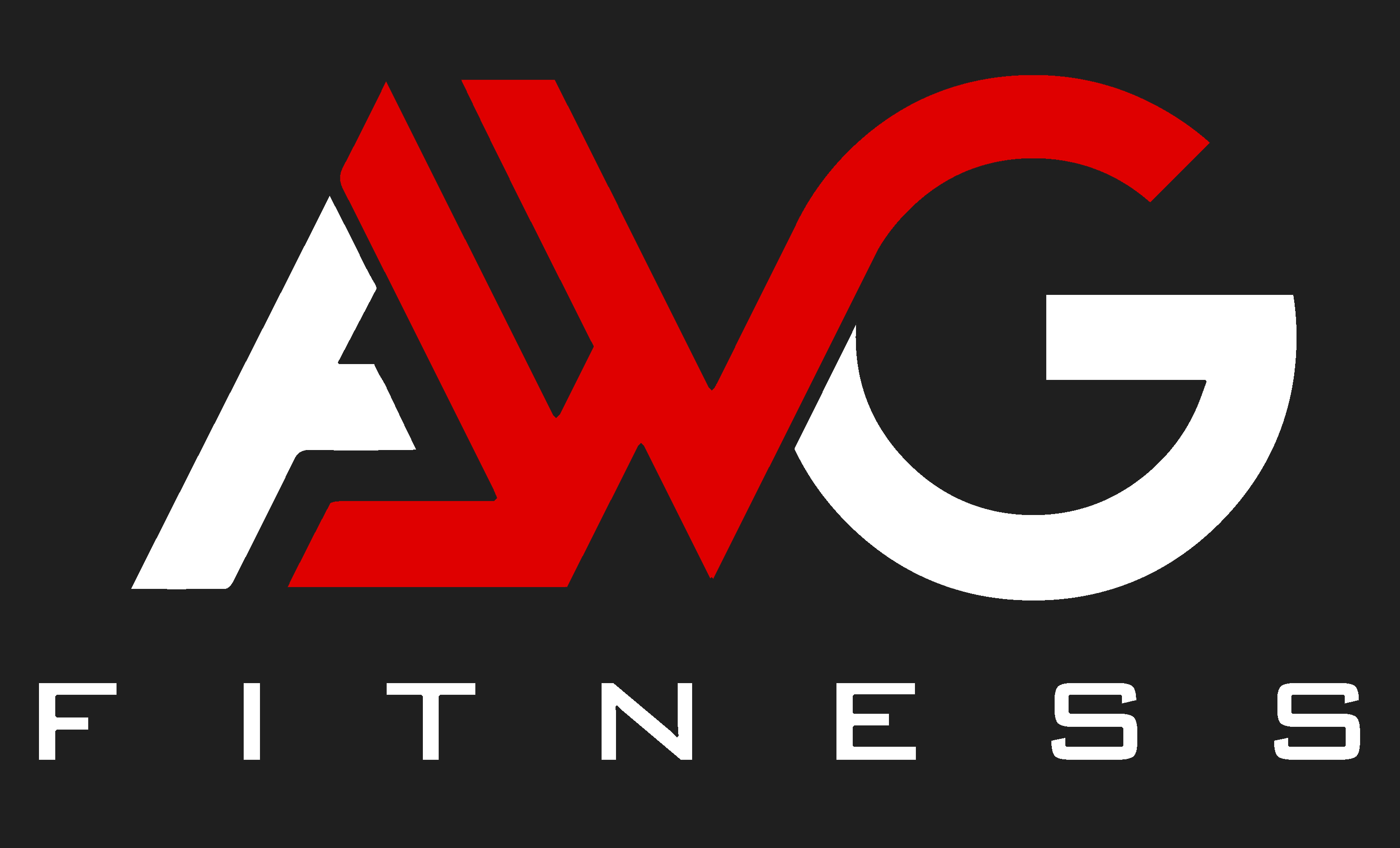Anatomy and Functions of the Chest Muscles
The chest muscles consist primarily of the pectoralis major and pectoralis minor. The thick, fan-shaped pectoralis major makes up the bulk of the chest mass and divides into the clavicular and sternocostal sections. Its primary actions include adducting and medially rotating the humerus.
Beneath lies the thinner pectoralis minor, which plays a supporting role by stabilizing the scapula during pushing movements. Additionally, the serratus anterior muscles along the ribs and subclavius below the collarbone aid chest function.
Together, these muscles facilitate pressing motions like the bench press. The pectorals internally rotate and pull the arms toward the torso against resistance. Strong chest muscles also improve posture by retracting the shoulders into proper alignment.
Benefits of a Well-Developed Chest

Aside from creating a powerful and aesthetic physique, training the chest confers numerous performance advantages:
- Increased pushing strength carries over to activities like moving furniture or swinging a bat/club.
- Sports requiring breaststroke and front crawl motions like swimming gain an edge from robust pectoral development.
- Posture improves as chest dominance counterbalances weak upper back muscles.
- A larger chest expands the ribcage for improved lung capacity and respiration.
- The testosterone release from intense chest workouts builds muscle and burns fat across the body.
Overall, focusing on chest development yields impressive strength, sports performance, and aesthetics – highly motivational benefits for any training goals.
Foundation Chest Exercises for Beginners
For novices just starting their chest training journey, I recommend the following basic movements to establish a strong foundation:
Pushups – The original bodyweight exercise works the entire chest, shoulders, and triceps. Make push ups more challenging by elevating feet on a bench or performing pseudo-planche pushups.
Bench Press – Whether using a barbell, dumbbells, or chest press machine, this compound movement lays the groundwork for chest strength. Focus on controlling each rep with proper form.
Incline Bench Press – Places more emphasis on the upper pecs. Incline variations gently recruit the shoulders too.
Cable Flys/Crossovers – An isolation exercise performed on a cable stack or machine to target the pecs through a controlled stretching motion.
Over time, gradually progress these lifts’ intensity, weight, and variations weekly according to the principles of overload. Pair them with one or two back exercises in a simple full-body split for well-rounded development.
Progressing Your Chest Training
After the initial foundation phase, chest development becomes an exercise in applying progressive overload principles. This means gradually stressing the pectorals beyond their current limits. Some effective strategies include:
Increasing Weight – Lift heavier weights each week once you can complete all sets and reps comfortably with good form.
Decreasing Rest Times – Decrease rest periods between sets to spike metabolic stress and calorie burn.
Adding Sets/Reps – Gradually increase the overall workload as strength improves through more reps or sets.
Varying Grips – Alternate hand positions like close-grip, wide-grip, and Zottman curls to target different fiber types.
Using Tempos – Slow down the eccentric (lowering) phase to maximize time under tension.
Incorporating advanced variations like decline presses add variety to challenge plateaus. Most individuals see continual gains adapting their workouts every 4-8 weeks. Listen to your body and transition routines according to recovery ability.
Sample Chest-Focused Routines

Here are a few sample chest workout templates you can follow or modify according to your needs and experience level:
Beginner Full Body Routine:
- Bench Press 3×10
- Incline Dumbbell Press 3×10-12
- Cable Fly 3×12-15
- Pushups 3x failure
Intermediate Hypertrophy Split:
- Day 1:
- Pec Deck Fly 4×12-15
- Incline Bench 4×8-10
- Dumbbell Flat Bench 3×10-12
- Push Ups 3×8-10
- Day 2:
- Flat Bench 3×10
- Incline Press 3×12
- Decline Cable Fly 3×12-15
- Dips 3×10
Advanced Strength Split:
- Day 1:
- Bench Press 5×3-5
- Incline Bench 4×6-8
- Triceps (2-3 exercises, 3 sets, 10-12 reps each)
- Day 2:
- Decline Press 5×5
- Dumbbell Bench 4×8-10
- Shoulders (2-3 exercises, 3 sets, 10-12 reps each)
High Volume Approach:
- Bench Press 4×10-12
- Cable Crossovers 4×15-20 (alternating stretches)
- Incline Bench 4×10-12
- Dips 4x failure
The key is progressively overloading the chest using a variety of rep ranges, exercises, and programming strategies over time. Consistency and gradually increasing challenges are crucial.
Nutrition for Chest Growth

While training is pivotal, your body only builds muscle when recovering and growing between workouts. This growth process depends heavily on proper nutrition.
To maximize results, follow these nutritional guidelines:
- Consume a slight caloric surplus to provide building blocks without gaining excess fat. 1-2 pounds gained per month is a good target.
- Get at least 1 gram of protein per pound of bodyweight daily from sources like chicken, fish, eggs, dairy, beans, and protein powder.
- Healthy carbs supply glycogen to fuel intense workouts, while supporting muscle replenishment.
- Smart fat intake from olive oil, nuts, and fatty fish supplies hormones and vitamins.
- Stay well-hydrated to support muscle tissue repair and oxygen transportation.
- Supplements like creatine may augment gains, but whole foods should form the base of your nutrition plan.
Paying close attention to your macronutrients and overall diet can help maximize the results of even your best chest workouts. Recovery depends on good nutrition.
Form Fundamentals for Safe, Effective Chest Work
Progressive overload means nothing if poor form leads to injury. Here are some chest lifting guidelines:
- Keep your spine pressed firmly into the bench and avoid arching your low back.
- Retract the shoulder blades and pinch them together to stabilize the scapula.
- Move through a full range of motion without locking out joints at the top.
- Control both the eccentric (lowering) and concentric (lifting) phases in a controlled tempo.
- Avoid swinging weights or using momentum – rely solely on your chest muscles.
- Grip the bar with a slight wider than shoulder width grip and hold it directly over your chest.
- Flaring or internally rotating the elbows shifts stress elsewhere – keep them close to the body.
Mastering ideal form takes practice. Post a form check online or have a friend observe common mistakes. Proper alignment minimizes injury risk while maximizing muscle recruitment.
Avoiding Common Chest Training Pitfalls
With any goal, there are obstacles to sidestep along the way. Some issues affecting chest gains include:
- Inconsistent workouts skip progression and stall results. Aim for 3-5 weekly sessions.
- Neglecting total body balance strains the pecs and risks overuse. Support pressing with pulling exercises.
- Improper rest allows fatigue to accumulate without recovery between workouts. Plan 48 hours between chest days.
- Insufficient calories either fails to support new muscle tissue synthesis or promotes unwanted fat gain. Maintain a slight surplus.
- Ignoring form breakdowns invites pain and injury that sidelines your progress. Technique reigns supreme.
Watch for these potential problems and make adjustments promptly. Consistency, balance, recovery factors and flawless form keep chest development safely on track over the long-term.
Optimizing Your Chest Training
With diligent effort, you can transform your chest into a powerful and impressive muscle group. Apply progressive overload principles, experiment with different rep ranges and exercises, master ideal form fundamentals, emphasize recovery between workouts through adequate nutrition, focus on consistency and do not neglect total body balance. Stay curious, solve problems promptly and never stop learning. Through continual application and refinement of the strategies discussed here, your chest training goals are well within reach. Keep crushing it!


